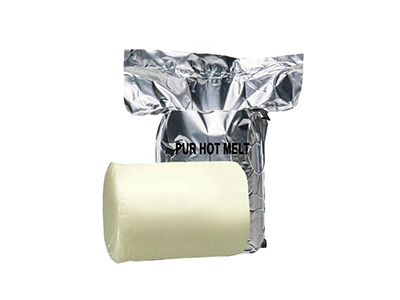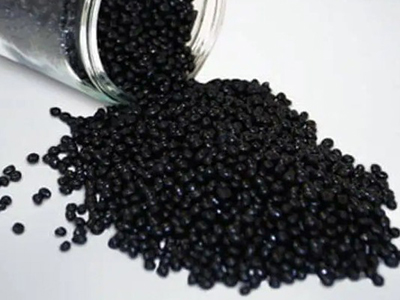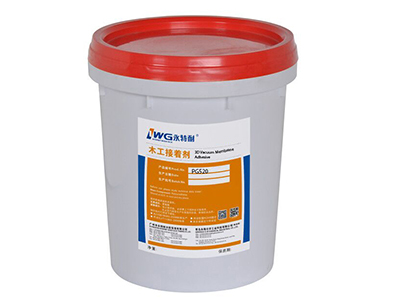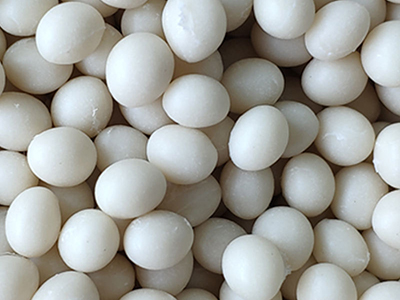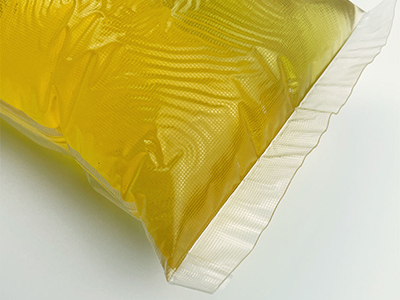Reactive hot melt adhesive (RHMA) is a type of adhesive that undergoes a chemical reaction upon application and cooling, resulting in a strong and durable bond. Unlike traditional hot melt adhesives that solidify solely through cooling, reactive hot melt adhesives contain reactive components that chemically crosslink or cure, creating a more robust bond with enhanced properties. This type of adhesive is commonly used in applications where higher bond strength, durability, and resistance to specific environmental conditions are required.
Key Characteristics of Reactive Hot Melt Adhesive:
Chemical Crosslinking: Reactive hot melt adhesives contain reactive components, such as isocyanates or epoxy resins, that crosslink with other molecules upon cooling. This chemical reaction strengthens the bond over time.
Enhanced Bond Strength: The chemical crosslinking in reactive hot melt adhesives results in superior bond strength compared to traditional hot melt adhesives. This makes RHMA suitable for demanding applications.
Durability: The cured bond of a reactive hot melt adhesive exhibits enhanced durability and resistance to factors like temperature extremes, moisture, chemicals, and mechanical stress.
Gap-Filling Capability: Reactive hot melt adhesives can fill gaps and irregularities between substrates, leading to improved contact and adhesion even on uneven surfaces.
Customizable Properties: Manufacturers can formulate reactive hot melt adhesives with varying levels of reactivity, flexibility, and cure times to suit specific application requirements.
Wide Range of Applications: Reactive hot melt adhesives find applications in industries such as automotive, construction, electronics, textiles, and more, where strong and durable bonding is essential.
Applications of Reactive Hot Melt Adhesive:
Automotive Industry: Reactive hot melt adhesives are used for bonding interior components, structural elements, headliners, and trims in vehicles.
Electronics: These adhesives are employed in electronics manufacturing for bonding components, encapsulation, potting, and sealing.
Construction: Reactive hot melt adhesives are used for bonding materials in construction, such as insulation panels, wall assemblies, and flooring installations.
Textiles: RHMA can be used in the textile industry for bonding fabrics, laminating materials, and creating durable seams.
Packaging: Some packaging applications benefit from the enhanced durability of reactive hot melt adhesives, especially for boxes that will be subjected to stacking or challenging transport conditions.
Woodworking: In woodworking, reactive hot melt adhesives are used for high-strength bonding of furniture components, cabinetry, and wood assemblies.
Reactive hot melt adhesives offer a combination of fast application and strong, long-lasting bonds due to their chemical curing process. They are particularly valuable in applications that demand exceptional bond strength and durability while maintaining the efficiency of hot melt adhesive application methods.


